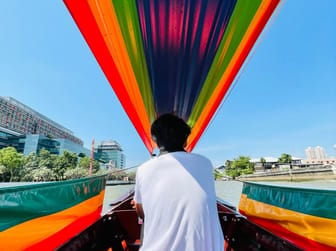The Royal Grand Palace
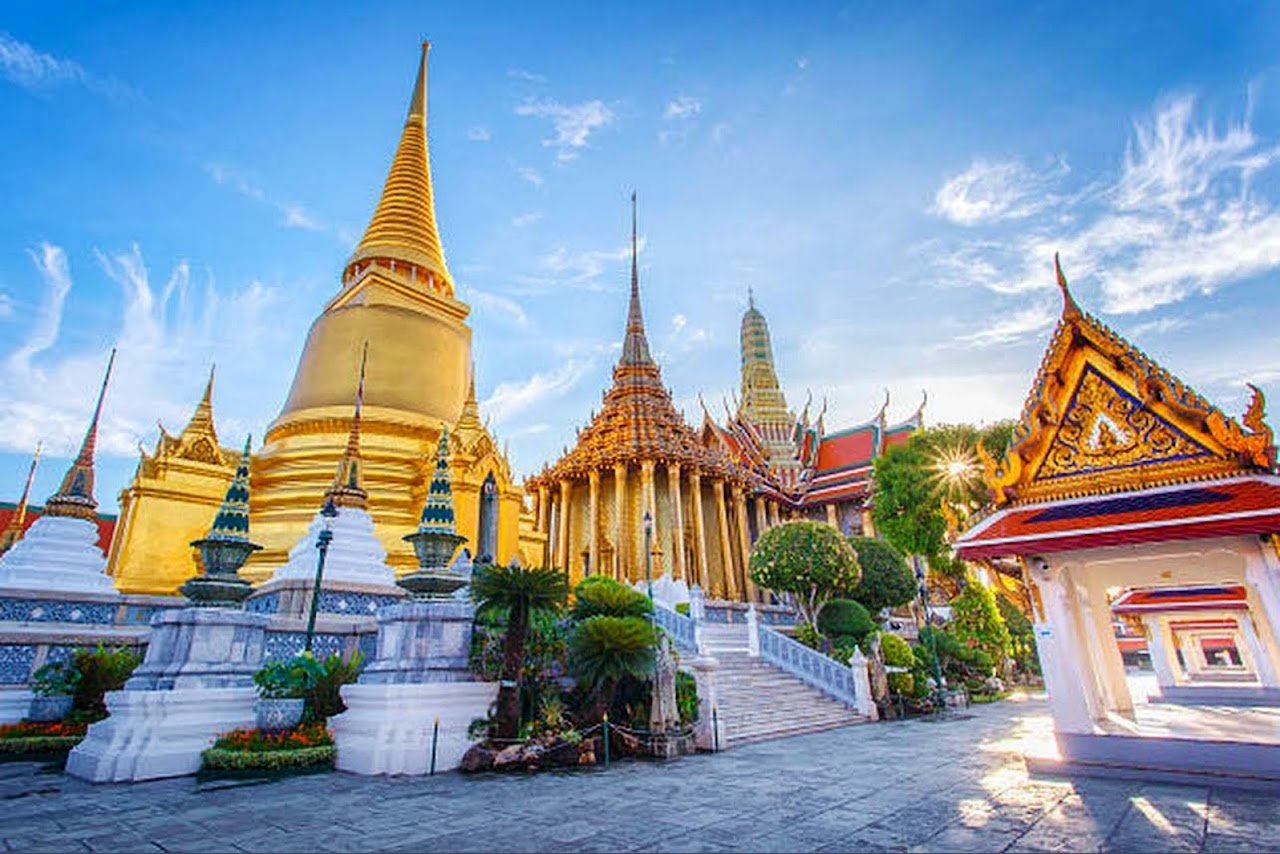
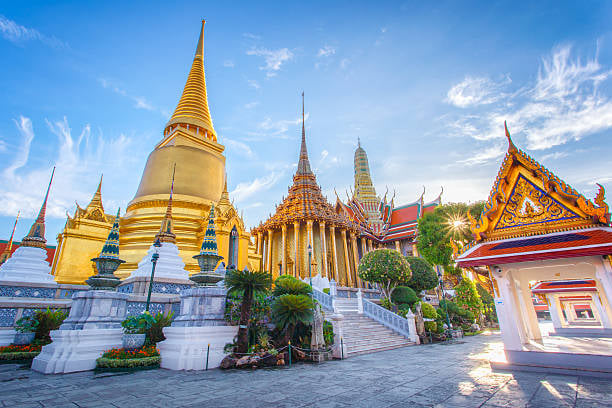

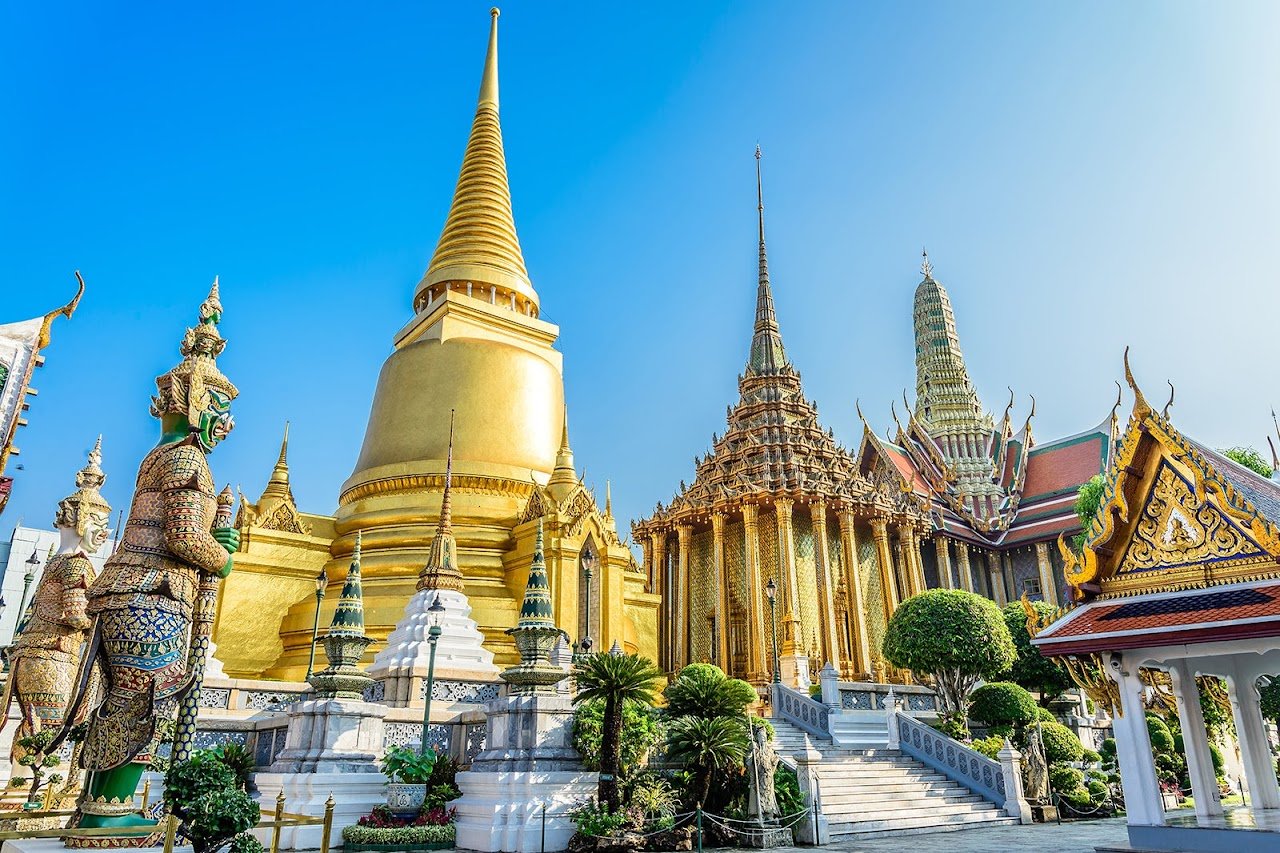
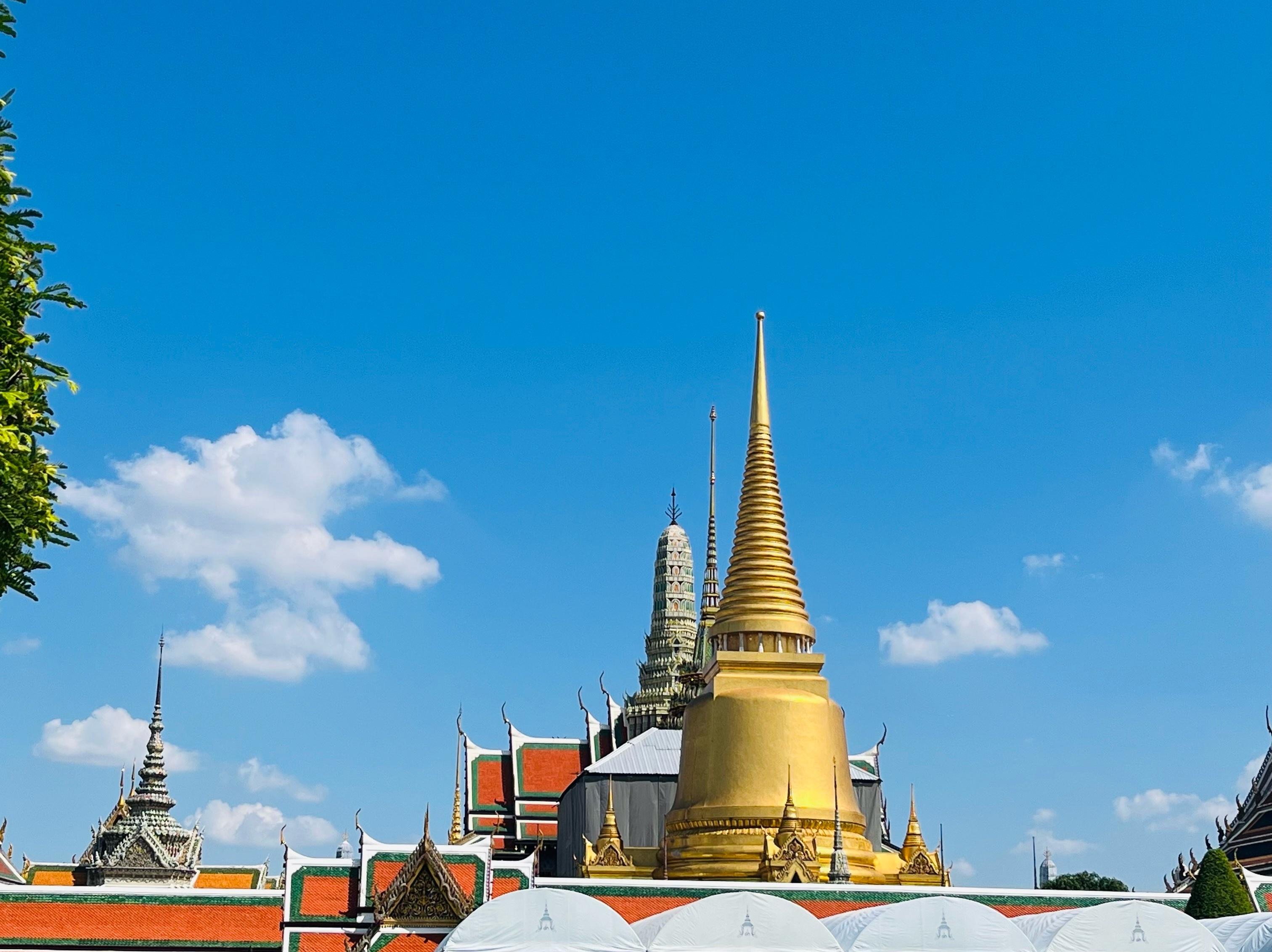
Ask ThatchGPT
Suggest a local expert to plan my trip
Suggest an unique itinerary for my Bangkok trip
What foods do Bangkok locals eat
What are some true hidden gems in Bangkok
Help me brainstorm trip ideas for Bangkok
Help me plan a family-friendly trip to Bangkok
What people say
Irina Bernal
"The Grand Palace stands as an iconic symbol of Thailand's rich cultural heritage and architectural splendor. Built in 1782, when the capital of Siam was moved from Thonburi to Rattanakosin, the name of the island on which the Grand Palace stands, this sprawling complex served as the official residence of the Kings of Siam for over 150 years. Within its intricately adorned walls, you can explore a treasure trove of historical artifacts, breathtaking temples, and ornate pavilions, including the renowned Wat Phra Kaew, home to the revered Emerald Buddha. The opulent design and meticulous craftsmanship of the Grand Palace make it a must-visit destination if you seek to immerse themselves in Thailand's regal history and grandeur.
The king, his court, and his royal government were based on the grounds of the palace until 1925.
Contrary to the expectations, you will not visit inside the Chakri Maha Prasat Throne Hall, built in a unique blend of European neoclassical and traditional Thai architectural styles, reserved for royal official ceremonies.
Wat Phra Kaew (Temple of the Emerald Buddha)
Wat Phra Kaew, also known as the Temple of the Emerald Buddha, is one of Thailand's most revered and iconic landmarks, situated within the grounds of the Grand Palace complex in the heart of Bangkok. The Temple of the Emerald Buddha was meticulously crafted to enshrine a singular figurine of the meditating Buddha, fashioned from a single piece of green jade, adorned with resplendent gold and diamonds. “Emerald” refers to the color rather than the stone. In a display of profound devotion, the King of Thailand (only the King performs this ritual) undertakes a ceremonial costume change for the Emerald Buddha three times annually, corresponding to the Summer, Rainy, and Winter seasons. During these revered rituals, a procession of monks and dignitaries accompanies the King as he anoints the faithful with sacred water, bestowing blessings for the forthcoming season. The costumes include a diamond-encrusted golden robe for the hot season, a solid gold robe for the cool season, and a gold-plated monk's robe with an ornate headdress for the rainy season.
Queen Sirikit Museum of Textiles
On August 12, 2022, Her Majesty Queen Sirikit the Queen Mother marked her 90th birthday. The Museum of Textiles, located on the premises of the Grand Palace, showcases an exhibit dedicated to the Royal Wardrobe of Her Majesty Queen Sirikit. This exhibit features a collection of dresses designed by notable Thai designers and the internationally acclaimed French designer Pierre Balmain. Additionally, the museum houses a shop offering a variety of items such as books, gifts, home accessories, cotton and silk clothing, jewelry, stationery, and handmade silk flowers. It also serves as the primary retail location for Support Foundation products.
Khon show at Sala Chalermkrung
Included in your ticket is a visit to the Khon performance at Sala Chalermkrung Royal Theatre. Khon, a traditional masked dance drama from Thailand, was recognized by UNESCO and added to the Representative List of the Intangible Cultural Heritage of Humanity in 2018.
The performances run three times daily, from Monday to Friday, at 1:00 PM, 2:30 PM, and 4:00 PM. A shuttle bus will be available at Phiman Deves Gate of the palace for a one-way trip to the theatre, departing 30 minutes before each performance begins. Tickets for the Khon Show can only be purchased at Sala Chalermkrung Royal Theater for 400 baht per person. For further details, you can visit the Theatre’s website.
"
Read more in:
Alex Ayling
Available for hire
"
The Grand Palace is one of the most famous landmarks in Bangkok, Thailand. It is a complex of buildings that served as the official residence of the Kings of Thailand from the 18th century to the mid-20th century. Located in the heart of Bangkok, on the eastern bank of the Chao Phraya River, the Grand Palace is a stunning example of traditional Thai architecture and craftsmanship.
Here are some key points about the Grand Palace:
History and Construction:
The construction of the Grand Palace began in 1782, when King Rama I decided to move the capital from Thonburi to Bangkok.
Over the years, successive kings added new buildings and structures to the complex, making it a blend of different architectural styles.
Architecture and Design:
The Grand Palace complex is a beautiful example of Thai architectural design, with intricate details, colorful ornaments, and gilded decorations.
The buildings within the complex are adorned with golden spires, colorful tiles, and elaborate carvings, reflecting traditional Thai, Khmer, and European styles.
Emerald Buddha Temple (Wat Phra Kaew):
The most important and sacred temple within the Grand Palace complex is Wat Phra Kaew, also known as the Temple of the Emerald Buddha.
The temple houses a small, highly revered statue of the Buddha, carved from a single piece of jade. The statue is dressed in gold and seasonal costumes, which are changed by the King of Thailand in a ceremony held three times a year.
Visitors and Tourism:
The Grand Palace is a major tourist attraction in Bangkok and is visited by millions of tourists from around the world every year.
Visitors are required to dress modestly when entering the Grand Palace. Sleeveless shirts, shorts, and skirts above the knee are not allowed. Sarongs and cover-ups are provided for those who are not dressed appropriately.
Important Points for Visitors:
The Grand Palace is a working palace, and sometimes it is closed to the public during special royal ceremonies and state functions. It's advisable to check the opening hours and availability before planning a visit.
It is recommended to hire a guide or use an audio guide to fully understand the historical and cultural significance of the various buildings and statues within the complex.
The Grand Palace is not only a symbol of Thailand's rich cultural heritage but also a testament to the craftsmanship and artistry of the Thai people. Visitors to Bangkok often find the Grand Palace to be a must-see destination, offering a glimpse into the country's royal past and architectural splendor. "
Pedro Pereira
Available for hire
"The Grand Palace, or Phra Borom Maha Ratcha Wang, is a monumental complex at the heart of Bangkok, Thailand, which has been the official residence of the Kings of Siam (later Thailand) since its construction in 1782. Commissioned by King Phutthayotfa Chulalok (Rama I) following the establishment of Bangkok as the new capital, the palace symbolized the power of the monarch and the administrative seat of the Thai government. Over time, the palace expanded as successive kings, particularly during the reign of King Chulalongkorn (Rama V), added numerous structures to the complex.
Although the monarchy moved out of the palace in 1925, with King Bhumibol Adulyadej residing in the Chitralada Royal Villa and King Vajiralongkorn now living in the Amphorn Sathan Residential Hall, the Grand Palace continues to serve as the venue for royal ceremonies and state functions. It is a prominent cultural and historical symbol, attracting millions of tourists annually. The palace complex covers an area of over 218,000 square meters and is enclosed by walls, with various architectural styles reflecting the diverse history of the kingdom.
The Grand Palace is not a single building but an extensive arrangement of buildings, halls, pavilions, courtyards, and gardens. Its design reflects its organic growth, with each successive monarch adding elements to the layout. Key sections include the Temple of the Emerald Buddha, the Outer Court, which houses public buildings, and the Middle Court, home to the royal and government buildings. The palace complex also includes the Inner Court and Siwalai Gardens, each with its own distinct architectural style.
Today, while parts of the Grand Palace remain functional as royal offices, a significant portion is open to the public as a museum. Visitors can explore the stunning architecture and rich cultural heritage that has shaped the history of Thailand. The palace's significance extends beyond its role as a royal residence; it serves as a symbol of Thailand's monarchy, its traditions, and its place in the modern world."
Read more in:
Mentioned in these guides
About The Royal Grand Palace
Get the inside scoop on The Royal Grand Palace from local experts, travel creators, and tastemakers. Browse genuine trip notes, The Royal Grand Palace reviews, photos, travel guides, and itineraries from real travelers and plan your trip with confidence.
Save this spot for later or start mapping out a new trip today
Try our AI Travel Assistant and get instant answers to any questions about your trip.
Ask ThatchGPT


